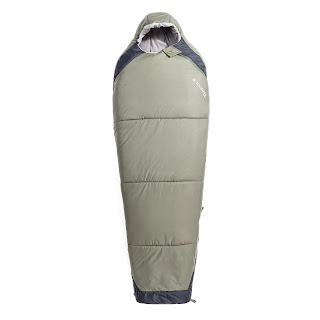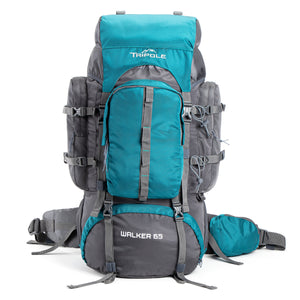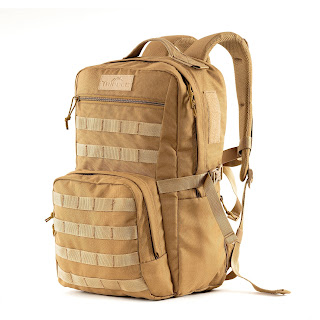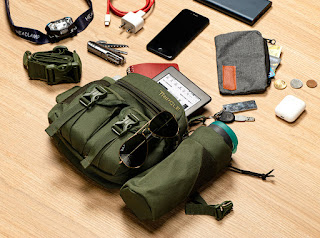Dreamy Nights under the Stars: Choosing the Perfect Sleeping Bag
Introduction: Camping under the starlit sky, nestled in the embrace of nature, is a magical experience that every outdoor enthusiast cherishes. Central to this experience is a well-chosen sleeping bag, your cocoon of comfort amid the wilderness. In this blog post, we'll explore the essential features and considerations for selecting the perfect sleeping bag, ensuring you enjoy restful nights and wake up ready for new adventures.
Temperature Ratings: The first and foremost consideration when choosing a sleeping bag is its temperature rating. This critical feature indicates the lowest temperature at which the bag is designed to keep you warm. Whether you're camping in chilly mountainous regions or the milder climate of a summer night, matching the bag's temperature rating to the expected conditions is crucial for a cozy night's sleep.
Insulation Type: Sleeping bags come with different types of insulation, each with its unique set of characteristics. Down insulation, derived from duck or goose feathers, offers excellent warmth-to-weight ratio but may lose its insulating properties when wet. Synthetic insulation, on the other hand, retains warmth even when damp and is a preferred choice for wet conditions.
Weight and Packability: For backpackers and hikers, the weight and packability of a sleeping bag are critical factors. Ultralight options are available for those looking to minimize their pack weight, while others may prioritize a more substantial bag for added warmth and comfort.
Sleeping Bag Shape: Sleeping bags come in various shapes, each catering to different preferences and needs. Mummy bags, with a tapered design, are efficient at retaining heat and are favored for colder conditions. Rectangular bags offer more room to move but may not be as thermally efficient. Semi-rectangular or barrel-shaped bags strike a balance between comfort and warmth.
Insulation Distribution: Consider how the insulation is distributed within the sleeping bag. Bags with a baffled construction prevent the insulation from shifting, maintaining consistent warmth. Some bags also feature additional insulation in key areas, such as the hood or footbox, enhancing overall thermal efficiency.
Additional Features: Look for extra features that enhance your sleeping experience. A hood with a drawstring helps trap heat around your head, and draft tubes along zippers prevent cold air from seeping in. Some sleeping bags also come with stash pockets for storing essentials like a flashlight or phone within easy reach.
Conclusion: Selecting the perfect sleeping bag is an art that involves considering various factors to match your individual needs and the conditions of your outdoor adventure. A well-chosen sleeping bag transforms your camping experience, ensuring you wake up refreshed and ready for the day's escapades. Embrace the magic of dreamy nights under the stars, enveloped in the warmth and comfort of a sleeping bag tailored to your outdoor aspirations.





Comments
Post a Comment